EverScan LiDAR: Volume Calculation for Coal Stockpiles
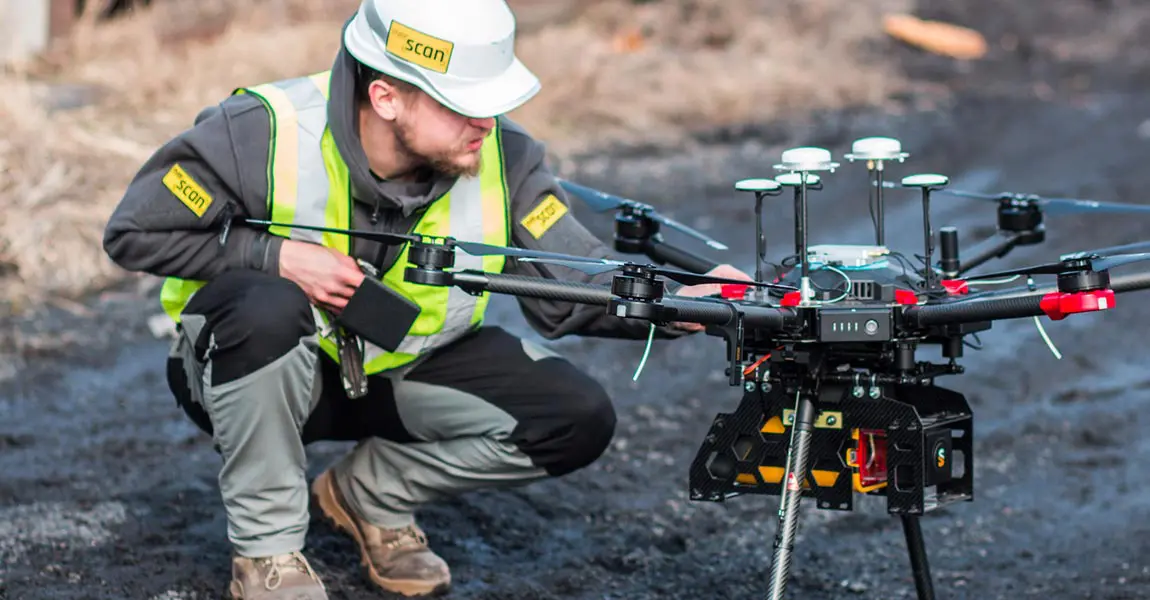
3D point clouds triumph over theodolite method at thermal power station
Until acquiring its YellowScan Vx-15 for 3D mapping, Ukraine’s EverScan used classic methodology (GNSS, Total Station, etc.) that took much longer to survey and hindered its engineers from achieving high accuracy. Moreover, the data they were acquiring was extremely redundant in terms of providing additional analysis and control, which you get with LiDAR systems.
One of EverScan’s major projects has been to survey the stockpile of coal at the Ladyzhinsky thermal power station for the city of Ladyzhin, in the Vinnitsa region of Ukraine, about 300 kilometers south of Kiev.
Before the Vx-15 came along, traditional survey methods were used, including theodolite, a measuring device for determining levels and angles in topography surveying. The tool has been used by surveyors since the 19th century, and the principle of its work over two centuries has not changed significantly.
Just how much coal is in a stack is impossible to estimate by eye. The volume needs to be accurately measured. Previously, this was done with the theodolite. Like a cartographer when compiling a topographic map, an engineer moved meter by meter with a ruler, while his colleague, through an optical device, theodolite, looked at the marks, recording every change in height. Based on these data, it was possible to more or less accurately calculate the volume of the stack.
Now inventory is carried out using drones and LiDAR. With the YellowScan Vx-15, the drone scans the area, creating a three-dimensional map of the coal storage.
Speaking of the old method, Speney adds: “The process was tedious. Participation took several people and the whole process took about three hours, depending on the amount of coal and the number of stacks in the warehouse. Moving around a coal pile is a rather difficult matter. Plus, if the snow melts, that’s quite a lot of water. Stack height can reach 12 meters.” Speney cautioned that this work can be dangerous, with bulldozers sometimes working on coal stacks during measurements.
Using drone-mounted LiDAR accelerated the measurement process, increased the accuracy of measurements, and made the process safer for all concerned.
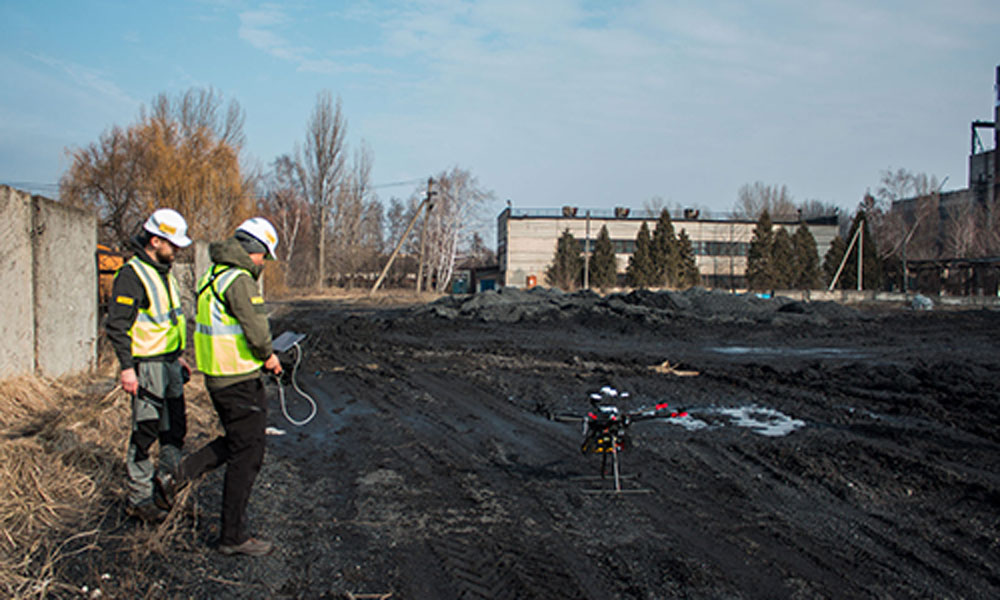
wo EverScan colleagues prepare Vx-15 flight
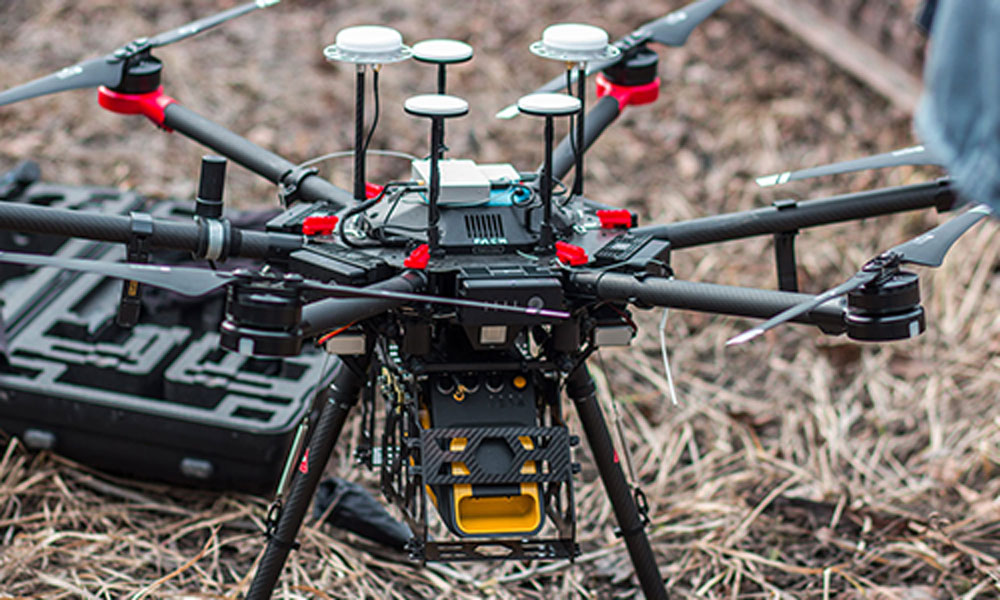
ellowScan Vx-15 mounted on a DJI M600
EverScan’s Business Development Director, Maxim Sevostyanov, is effusive about the success they’ve had with the YellowScan Vx-15 LiDAR. “This technology can be used in measuring coal volumes,” he says, “and for building topographic maps, for inspecting power lines. You can also determine the slope or sagging of power lines. You can build an accurate and high-quality three-dimensional surface model and estimate the exact amount of coal.
“The accuracy that YellowScan LiDAR provides is in centimeters, and sometimes millimeters. There are no technologies in the world that more accurately measure volume parameters and build a surface model. At the moment when the LiDAR scans the surface, it sends thousands of signals to the ground, and we get the so-called ‘point cloud’, which consists of many dimensions. Subsequently, processing this data, we can simulate any surface “
EverScan was brought into survey the stockpile bulk of coal in a short time and report back analyzing the volume and base description of work, with DTMs, DSMs, as well as an orthophoto mosaic and topographical map. The challenges, notes Sevostyanov, were extensive. “At the sites, the wrong elevation of the basis of the coal store was discovered. This mistake could give up to 20 percent of the error of volume.”
The mission objective was to provide the quickest, safest and most accurate way of calculating the volumes of stockpiles. That would include the physical process of flying a LiDAR-mounted drone around the area with the bulk volumes of coal.
The mission was to compute the point cloud points into the digitalized representation of the area, to create a real shape and size and geometry of the solid to structural elements. This provided a result that the client was looking for – a fast and efficient way of safely measuring the volumes so that there are no errors of volume due to the wrong elevation.
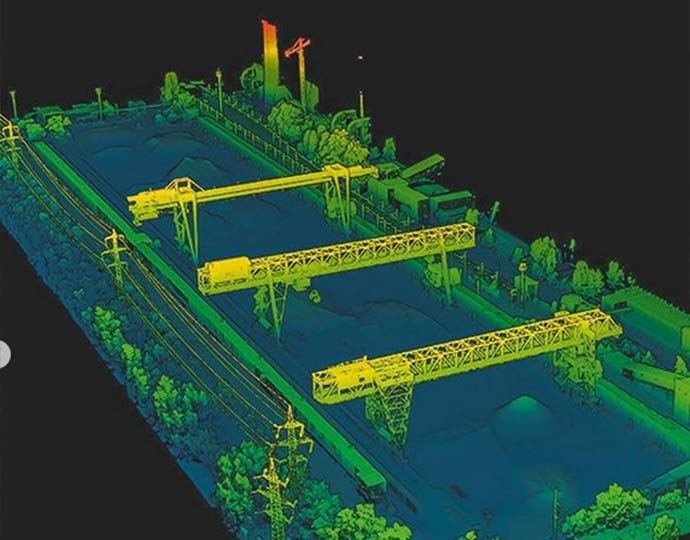
LiDAR pointcloud of the thermal power station
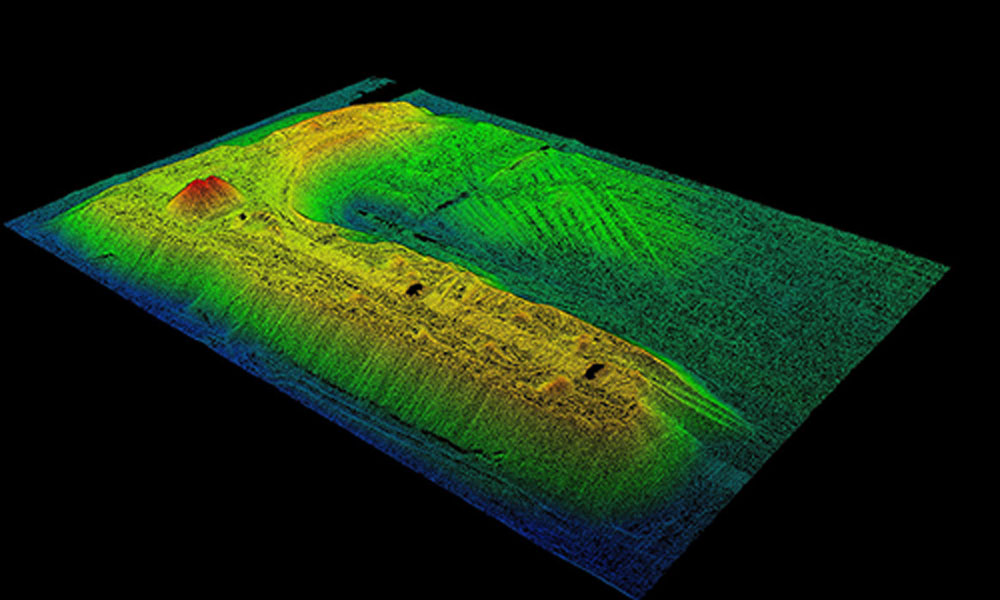
LiDAR pointcloud of coal stacks
Mission Parameters
The size of the survey was up to 20 hectares, which was mapped in under one hour, plus collecting of control points, four to eight hours depending on whether orthophotogrammetry was used. The flight speed was S-17km/h convert in m/s with an altitude of 50m AGL, using the YellowScan Vx-15 on a Matrice 600 Pro, GNSS Stonex S900A/DJI and four cameras.
Results
Sevostyanov and his colleagues succeeded in acquiring 50-200 points per square meter/ ground data under canopy 10-30. He notes that, “The biggest advantage for us in this project was the speed of gathering and analyzing data. For the client, it was the precision of the calculation volume of the stockpile. It helped to save millions of dollars for the client.”
For EverScan using LiDAR technology is the way to expand upon standard geodesic tools and bring technology to the next level. “The Yellowscan solution helps us provide the best services for our clients with unbeatable speed and precision. In Ukraine, we are the first service company that provides LiDAR services at a very high level.“
NB: Author Jordan Robert




